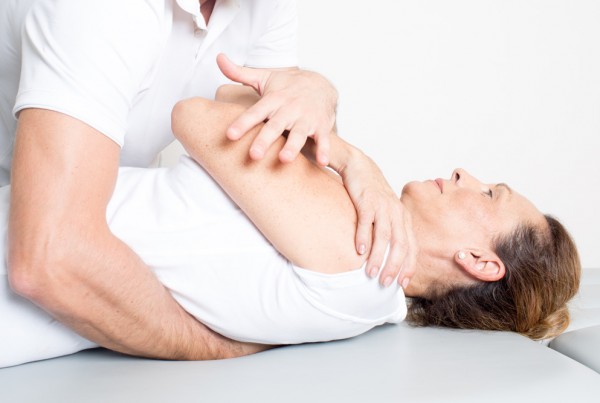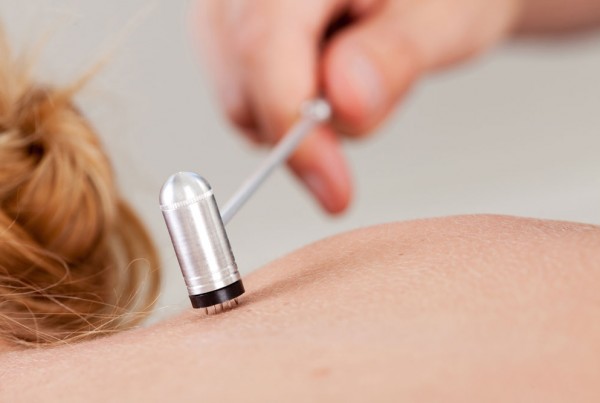Benefits of Massage
Massage Therapy can help decrease and often eliminate neck and back pain. Manual therapy, such as massage helps increase circulation, improve joint flexibility, improve posture, help ward off side effects of desk jobs, improve recovery time with car accident whiplash injures, improve healing time for sports injuries, help rehabilitate after surgery, decreases tightness of muscles, detoxify muscles, lessens depression and anxiety, helps athletes at any level to help improve performance, helps ease labor for expectant mothers, and helps with headaches.
Our massage therapists work in conjunction with our chiropractors to help the patient maximize the benefits of both services in one convenient location. Our massage therapy treatment rooms in Sandy Springs are tranquil, clean, cozy, and relaxing.
Conditions treated with Massage
- Back Pain
- Neck Pain
- Car Accident Injuries
- Whiplash
- Headaches
- Disc herniation
- Mid back pain
- Pinched nerves
- Anxiety
- Stress
- Jaw Pain
-
Pregnancy Discomfort / Pain
-
Numbness
-
Tingling
-
Weakness
-
Radiating Pain
-
Sports Injuries
-
Scoliosis
-
Posture Related Pain
-
Trigger Points
-
Tight Muscles
-
Fatigue
Neuromuscular therapy is a specialized form of deep tissue massage in which digital pressure and friction are used to release areas of strain in the muscle. These areas of strain are called tender or trigger points and are the cause of muscular pain symptoms.
Who gets neuromuscular therapy?
Anyone with muscular pain! Soft tissue pain that feels like ‘knots’ in the muscle are very common, but can be treated by neuromuscular therapy. We all feel muscular pain in some shape or form and now we have something to do about it.
What is Neuromuscular Therapy used to treat?
Neuromuscular therapy is used to treat many different soft tissue problems. The following list is a small example of issues that may be helped by neuromuscular therapy:
- Lower Back Pain
- Upper Back Pain
- Carpal Tunnel like Symptoms
- Sciatica like Symptoms
- Hip Pain
- Headaches
- Plantar Fasciitis
- Calf Cramps
- Tendonitis
- Knee Pain
- Iliotibial Band Friction Syndrome
- Jaw Pain
- Tempomandibular Joint Pain (TMJ Disorders)
What are Trigger Points?
Trigger points are areas of hypersensitivity in a muscle caused by overstrain. These are small areas of the muscle in which there is a contracture of muscular tissue (think of a tiny snag in a knit sweater). Blood and nutrients are lacking in that part of the muscle and therefore the muscle spindle is unable to relax. Trigger points cause pain, fatigue and weakness in the muscle. Trigger points also cause a phenomenon called referral pain.
What is Referral Pain?
Referral pain is caused by trigger points and is a phenomenon in which areas far from the trigger point suffer from sensations of pain, tingling, or numbness. Examples of referral pain include: sciatica like symptoms, carpal tunnel like symptoms, and headaches.








